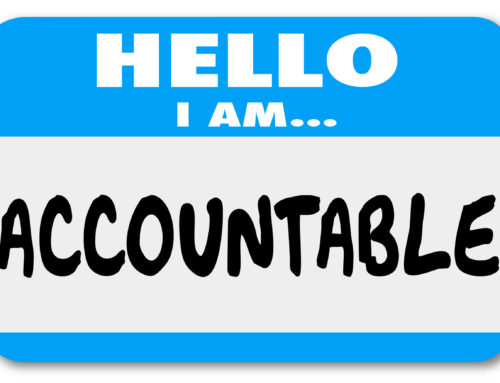MEDICARE AND PROFESSIONAL SERVICES REVIEW
Medicare has put dentists on notice about compliance with the CDBS. Ensure you are compliant particularly with consent and records.
It is directed at Health Practitioners and the responsibility for compliance cannot be delegated. This means that although you ask others to complete forms and keep records, ultimately, this is directed at you as a provider ( that is your provider number issued by Medicare, not your registration)
Dental practitioners will have received a letter this month from Medicare dated on or about the 22nd October 2015, relating to the changes to the laws for Child Dental Benefit Schedule Audits.
Medicare has a section that prosecutes and investigates dentists who breach the laws in relation to the Child Dental Benefit Scheme (CDBS), and as you will see, they are aligning the CDBS with rules that apply to other health practitioners. This means that a practitioner is audited, the practitioner will be compelled to provide documents to substantiate the services and you may also be referred for professional services review. These changes are now some twelve (12) months old and applies to practitioners, whether they provide services or bill for them or other ancillary practitioners.
This means in real terms, that dentists should have very good clinical records to substantiate their claims. The penalties include repayment of a benefit but ultimately, a sanction of removing the ability to bill under the CDBS might be anticipated.However an adverse finding would not assist with registration renewal, and practitioners may be referred to AHPRA for investigation.
Once audits are performed, the Practitioner Review Program can be commenced and the director of the PSR may be asked to review the provision of services.
It is important for practitioners to have a look at both the voluntary acknowledgement of incorrect payments form and also to be generally aware of their responsibilities, which are on the government website.
Practitioners might self audit a sample of patients and decide if they are compliant. If you think there is an over payment, or non compliant payment consider completing this form.
It is important that practitioners who do use the CDBS are aware that there will be audits and if disparities are found then, as ever, it is important for dental practitioners not to attempt to deal with it themselves. They should contact their indemnifier and seek assistance from their state dental association. If however, as has happened in the past, some associations and indemnifiers do not cover the costs involved in audits then practitioners need to get appropriate, expert and relevant legal advice before they commence any correspondence whatsoever with the Department of Human Services.
I suspect that the areas that the audits will focus on are these areas:
Consent
You must discuss and obtain consent from the patient, or their parent or guardian, for basic dental services and advise them of the associated costs. This must be completed:
- on the day and
- in writing , and
- before the end of the visit.
How you bill your patient will determine which consent form they must complete.
For privately billed, or non-bulk billed services, you must have your patient or their parent or guardian provide consent at each visit. You can do this by getting them to sign the Department of Health’s Informed Financial Consent – Non-Bulk Billing Patient Consent Form
For bulk billed services, your patient or their parent or guardian only has to provide consent on the first visit each year. If your patient is seeing multiple dentists within a single practice, they must complete a form for each dentist they visit. You can use the Department of Health’s Informed Financial Consent – Bulk Billing Patient Consent Form
Record keeping for the Child Dental Benefits Schedule
You must maintain adequate records for audit purposes for 4 years from the date of service. You must keep:
- patient consent forms, the type of form depends on how you bill your patient
- clinical notes including notes about the particular tooth or teeth a CDBS service relates to, and
- any other relevant documents, such as itemised accounts or receipts showing that the claimed services were provided
Practically, practitioners need to develop systems such that electronic copies of these consent forms are scanned in and attached to the patient file.
Brad Wright
LLB (Hons) GD Legal Prac MBA FFDACLM
FPFA FICD FADI
October 29 2015




